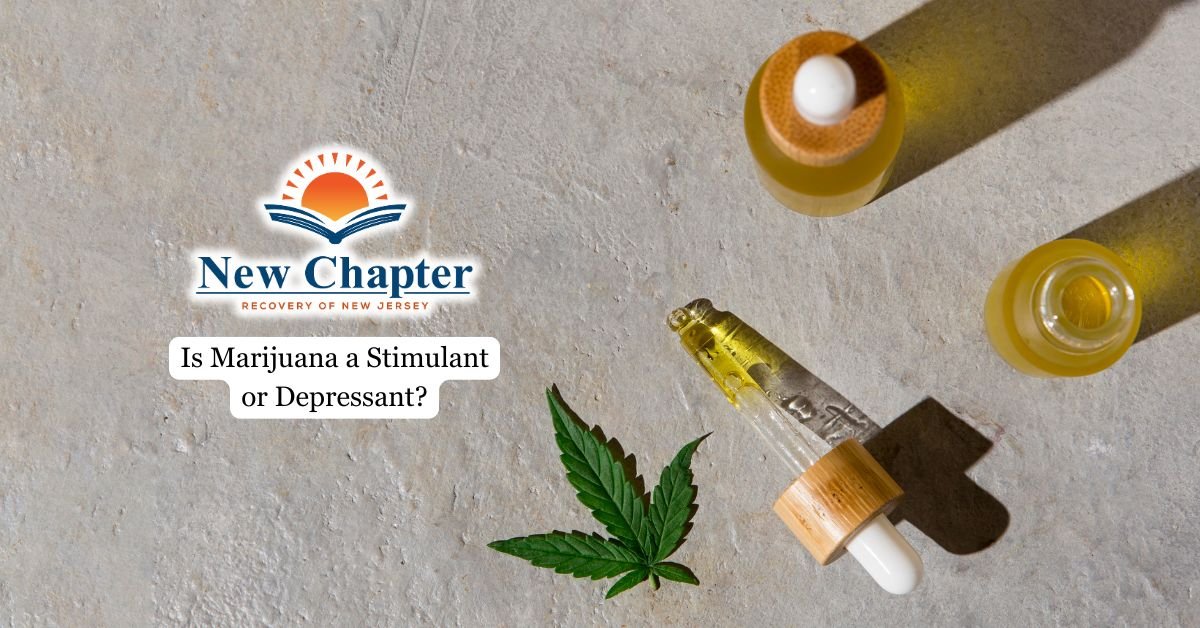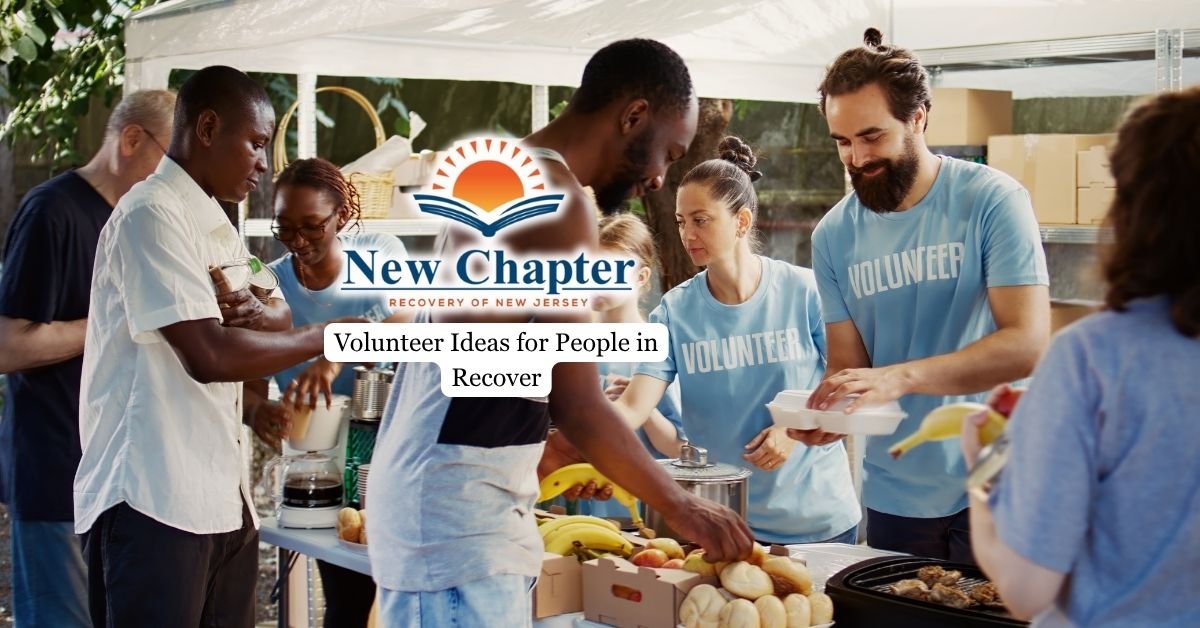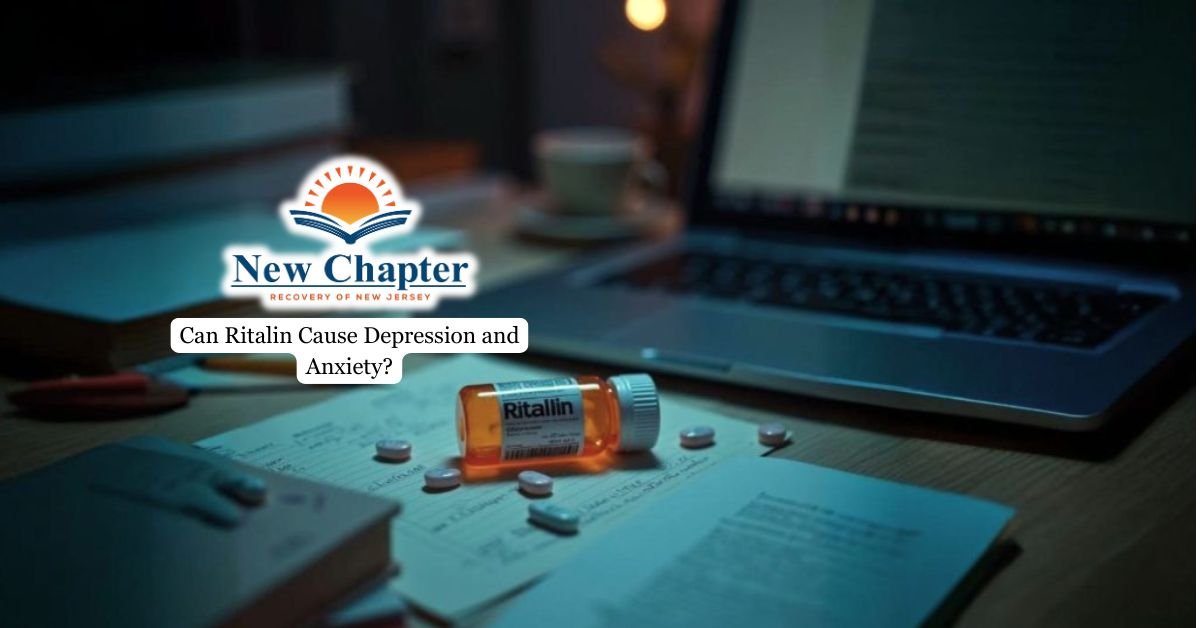Alcohol cravings are among the most difficult challenges for individuals working to reduce or quit drinking. These strong urges can emerge suddenly, often triggered by certain environments, emotions, or social interactions, making self-control a constant struggle.
In this article, we will examine the complexities of alcohol cravings, focusing on both their psychological and physiological roots.

Understanding Alcohol Cravings
Alcohol cravings are intense desires to drink, often accompanied by overwhelming thoughts and emotions that can lead to a strong urge to consume alcohol despite negative consequences.
These cravings can be triggered by both internal and external factors. Internal triggers include feelings of sadness, stress, or anxiety, while external triggers can be environmental cues like being in bars or at parties. It’s crucial to recognize your triggers to effectively manage your cravings.
Understanding the biochemical changes in your brain due to alcohol misuse, such as alterations in dopamine levels, can provide insight into why cravings occur and how they can be managed.
If you have a history of alcohol use disorder, you may experience more frequent and intense cravings. The duration of cravings varies, while some may last only a few minutes, others can persist longer.
Seeking professional support from healthcare providers and addiction specialists in our Alcohol Addiction Treatment Program can provide additional resources and guidance in managing alcohol cravings.
Recognizing Triggers
Triggers can be both internal, such as stress, anxiety, or negative emotions, and external, like being in certain environments or social situations.
Established routines and habits, like drinking after work or on weekends, can also serve as powerful triggers that elicit cravings for alcohol. It’s important to be aware of environmental cues, including sights, sounds, and smells associated with past drinking experiences, as they can provoke cravings unexpectedly.
To better understand your triggers, consider keeping a journal of your cravings. This will help you identify patterns and specific triggers over time. By recognizing and anticipating these triggers, you can develop coping strategies and avoid situations that may lead to cravings.
Learn more about the essence of physical dependence and the types of symptoms it manifests through.
Developing Coping Strategies
When a craving strikes, remember that it’s temporary and will pass.
Employ distraction techniques to shift your focus away from the urge to drink. Engage in activities you enjoy, like hobbies or physical exercise, or reach out to supportive friends for conversation.
Mindfulness practices, such as deep breathing or meditation, can help you observe cravings without giving in to them. Identify and steer clear of environmental and emotional triggers that may provoke cravings, enhancing your ability to maintain control.
Create a personalized recovery toolkit filled with healthy snacks, inspiring books, and mental strategies like affirmations or coping skills. By having these tools readily available, you’ll be better equipped to manage cravings effectively.

Behavioral Interventions
Engaging in behavioral interventions will help you develop personalized coping techniques that address both internal and external triggers for cravings. Mindfulness meditation is a powerful strategy that allows you to acknowledge your cravings without acting on them, fostering greater self-control.
Engaging in therapeutic interventions, particularly cognitive-behavioral therapy (CBT), can provide individuals with valuable skills to effectively manage cravings and cope with stress.
Group therapy environments also offer a supportive community that reinforces efforts towards recovery. Involving family members in the counseling process can bolster support networks and strengthen relationships, which are essential for achieving and maintaining long-term recovery.
Educating people about the nature of cravings can help normalize their experiences and reduce feelings of failure when cravings happen. This includes understanding that cravings are a normal part of recovery.
Find more about the difference between binge drinking and alcoholism.
Medical Interventions
Medications such as Naltrexone, Acamprosate, Disulfiram, and Nalmefene are commonly prescribed to help manage cravings and support long-term abstinence.
Naltrexone blocks alcohol’s pleasurable effects, while Acamprosate works to stabilize neurotransmitter imbalances in the brain. Disulfiram triggers unpleasant reactions when alcohol is consumed, acting as a deterrent, and Nalmefene helps reduce alcohol intake by modifying the brain’s reward system.
Consulting a healthcare professional is essential for developing a personalized medication plan, as the effectiveness of these treatments depends on individual needs and the severity of alcohol dependence.
Final Thoughts from New Chapter Recovery
By recognizing your triggers and using the strategies outlined in this article, you can build resilience against cravings and develop a healthier relationship with alcohol. At our rehabilitation center, we believe in the power of hope, support, and personal growth. By embracing these principles, you can find the strength to overcome challenges and achieve lasting recovery. As you move forward, lean on your support network, seek guidance, and trust in the recovery process.
Frequently Asked Questions About Alcohol Cravings
1. How does sleep quality impact the intensity of alcohol cravings?
Poor sleep quality can increase alcohol cravings by disrupting neurotransmitter balance and elevating stress hormones like cortisol. When you’re sleep-deprived, your brain seeks quick sources of relief, making cravings feel stronger. Prioritizing restful sleep can help regulate mood, improve impulse control, and reduce the intensity of cravings.
2. Can dehydration or poor nutrition make alcohol cravings worse?
Yes, dehydration and poor nutrition can intensify alcohol cravings by affecting blood sugar levels and neurotransmitter function. When the body lacks essential nutrients, it may misinterpret hunger or thirst as a craving for alcohol. Staying hydrated and eating balanced meals with protein, healthy fats, and complex carbs can help stabilize cravings.
3. How can I tell the difference between a craving and a relapse warning sign?
A craving is a temporary urge that passes with distraction or coping strategies, while a relapse warning sign is a persistent pattern of thoughts and behaviors that increase the risk of drinking. If you notice yourself romanticizing alcohol, withdrawing from support systems, or justifying “just one drink,” it may indicate a deeper risk of relapse. Recognizing these warning signs early allows you to take preventive action.
4. What role does dopamine play in alcohol cravings and recovery?
Dopamine is a neurotransmitter linked to pleasure and reward, and alcohol artificially boosts dopamine levels, reinforcing the habit. During recovery, dopamine levels drop, leading to cravings as the brain seeks the familiar pleasure response. Over time, healthy activities like exercise, social interaction, and mindfulness can help restore natural dopamine production and reduce cravings.






